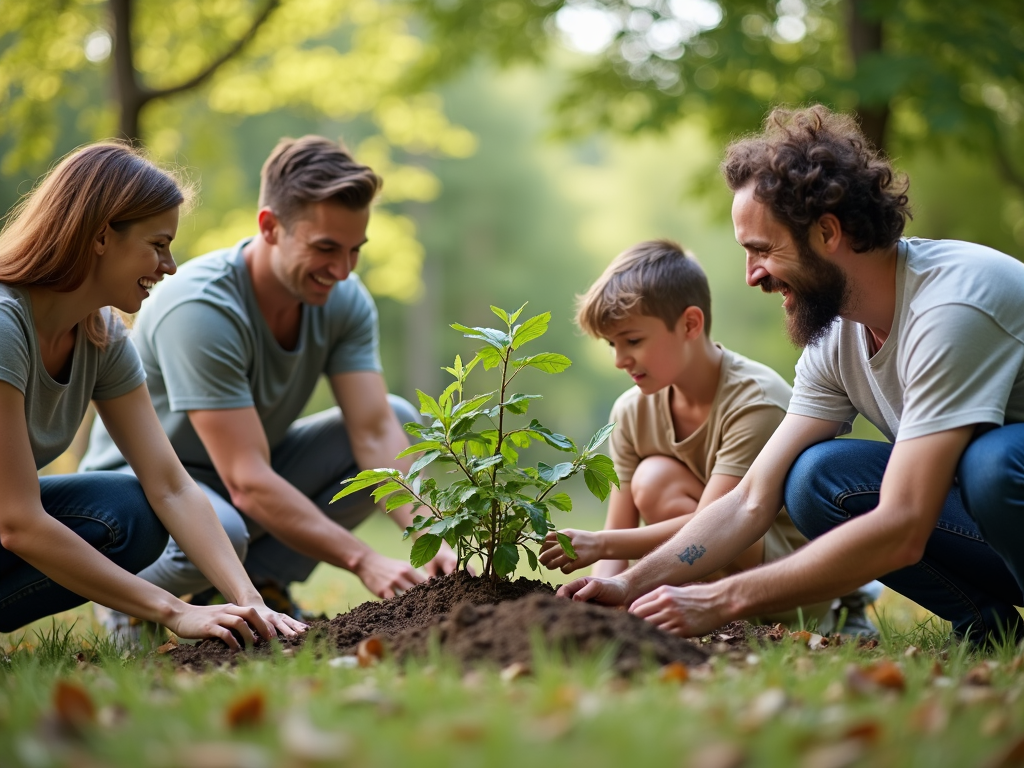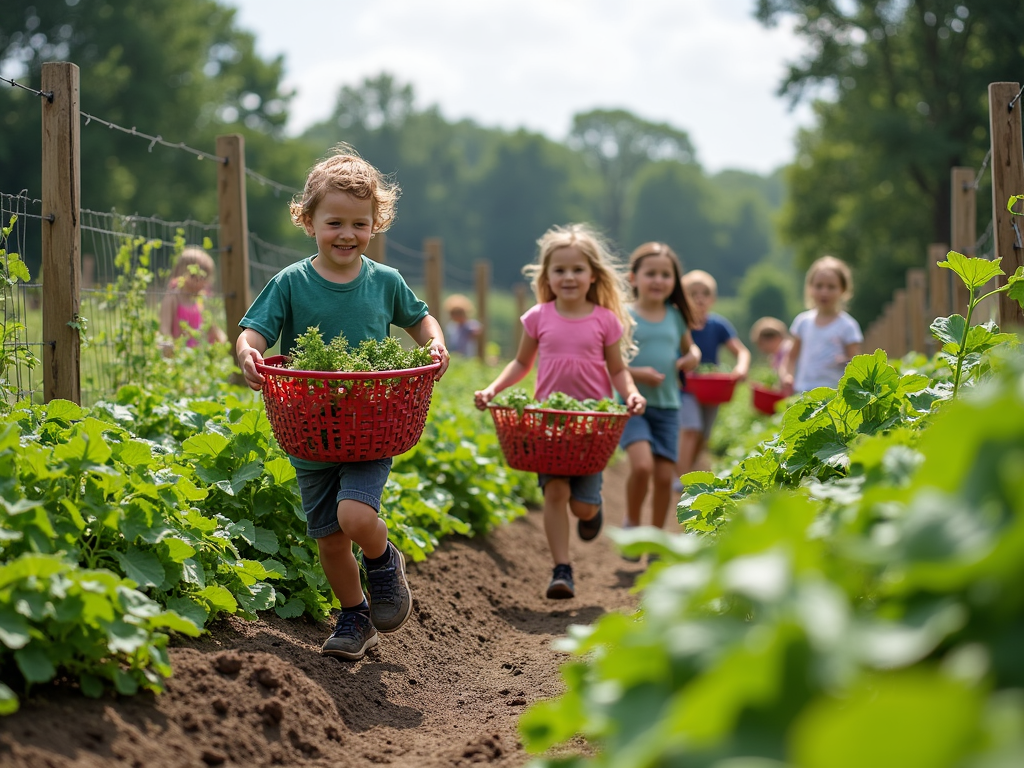Building Social Capital: The Role of Civic Engagement in Community Development
By , April 7, 2025
Overview: Civic engagement is the foundation of strong communities. It builds social capital—the trust and connections that help people work together. Through volunteering and service learning, anyone can spark real change. This article dives into how these efforts transform communities and how you can join in.
Social capital is all about relationships. It’s the trust and teamwork that make a community thrive. When people get involved through civic engagement—like volunteering or joining local groups—they strengthen those bonds. Building Social Capital: The Role of Civic Engagement in Community Development starts with everyday actions that bring people closer.

One way to get involved is through service learning. This mixes hands-on help with real-world lessons. Service learning opportunities in local communities let you tackle issues like hunger or housing while growing your skills. I once joined a group building homes for families—it taught me more than any classroom could.
Volunteering is just as powerful. When you volunteer, you meet needs and build friendships. Picture helping at a food pantry or coaching kids’ soccer. These moments don’t just solve problems—they weave a tighter community fabric. I’ve seen shy neighbors turn into leaders after a few volunteer shifts.

How Civic Engagement Transforms Communities isn’t a mystery. It’s practical. Engaged people improve parks, schools, and streets. They make places safer and friendlier. In my town, a group of us started a cleanup day. Soon, others joined, and our riverbank went from trashy to a spot everyone loves.
Communities with strong social capital bounce back faster too. After a storm hit my area, volunteers organized aid quicker than any agency could. That’s the power of connection—it turns strangers into a team ready to act.

Want to start? It’s easy. Find what you care about—maybe it’s kids, the environment, or helping seniors. Then check out local groups or events. I began by showing up to a town meeting. Hearing people’s ideas got me hooked on making a difference.
Service learning can fit into your life too. Schools and nonprofits often run programs where you learn while helping. Think of planting a community garden—digging in the dirt teaches teamwork and patience. A friend of mine learned leadership by running a youth project like that.

You don’t need a program, though. Small steps count. Chat with a neighbor or help at a bake sale. These little acts ripple out. I started picking up litter on my walks—now others do it too. It’s simple but changes how we see our streets.
Here’s a quick list of ways to jump in: - Volunteer at a shelter or library - Join a community board - Try service learning through a school - Host a block party Every step builds trust and ties.

Building social capital takes time. Don’t expect overnight miracles. It’s about showing up again and again. Celebrate the wins—like when our community garden fed ten families. Those moments keep you going.
Studies back this up. The National Conference on Citizenship found engaged communities have lower crime and better health. It’s not just feel-good stuff—it’s real impact. Getting involved pays off for everyone.

Summary: Civic engagement fuels social capital, making communities stronger and happier. Whether through service learning or volunteering, your actions matter. Start small, stay steady, and watch your community grow. You’ve got the power to shape a better tomorrow.